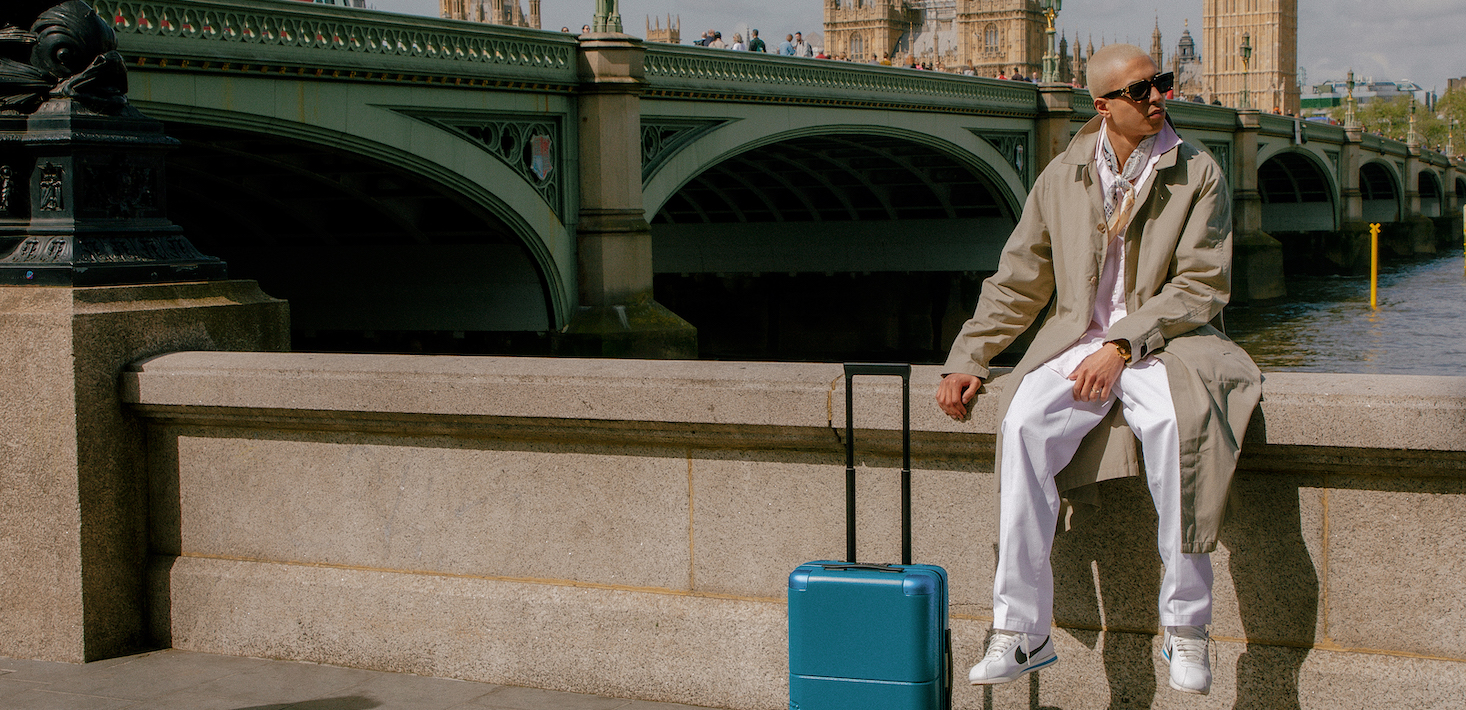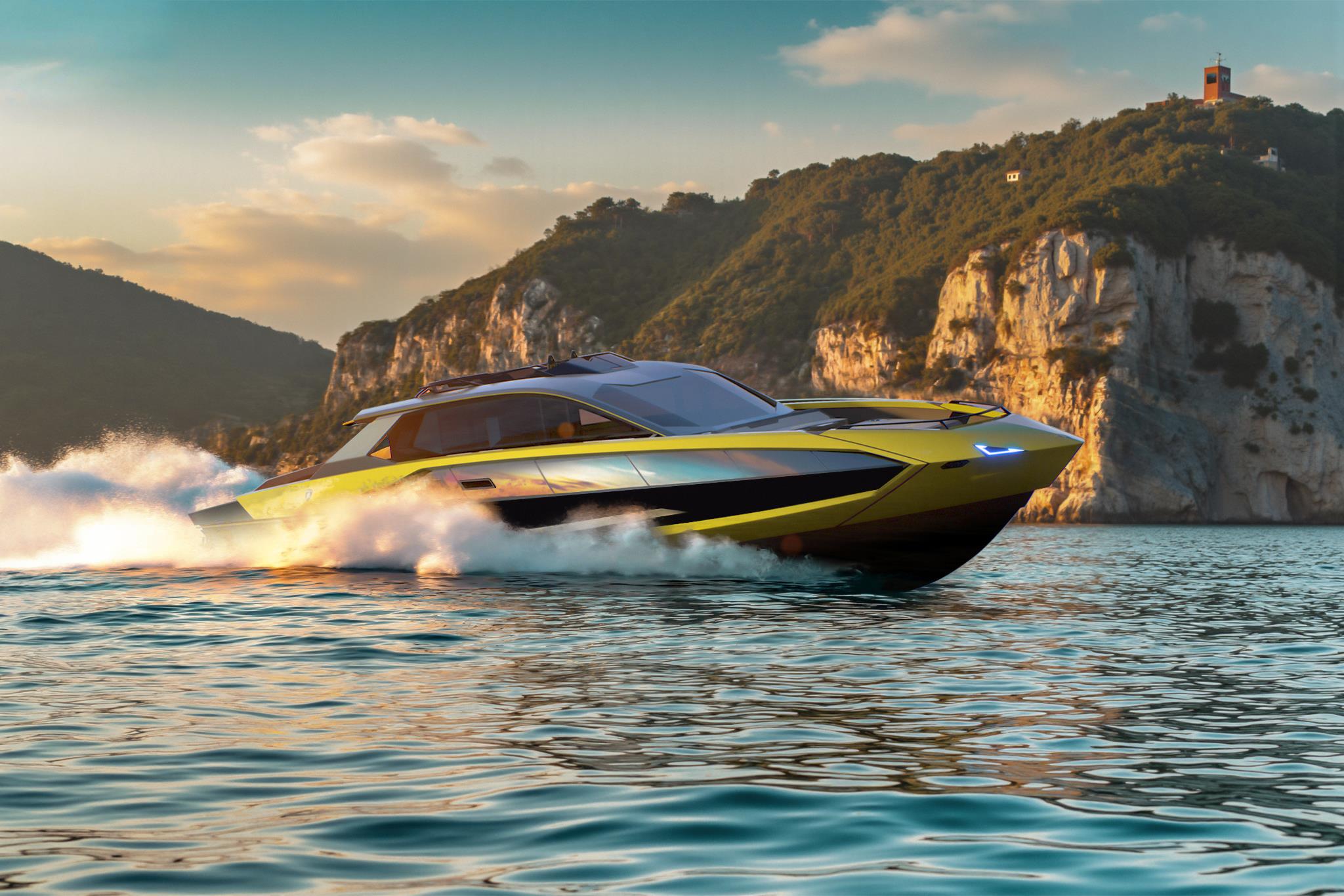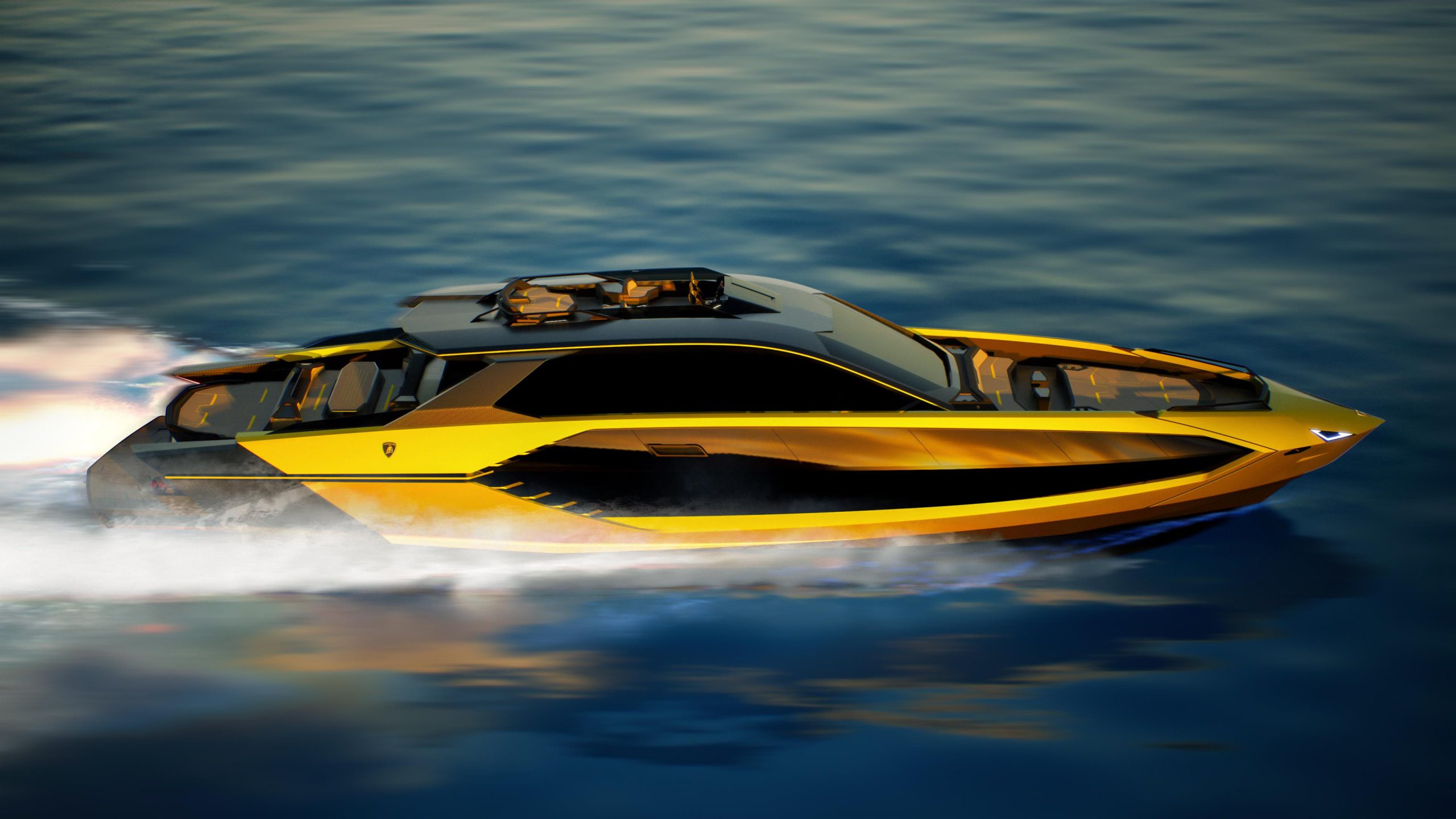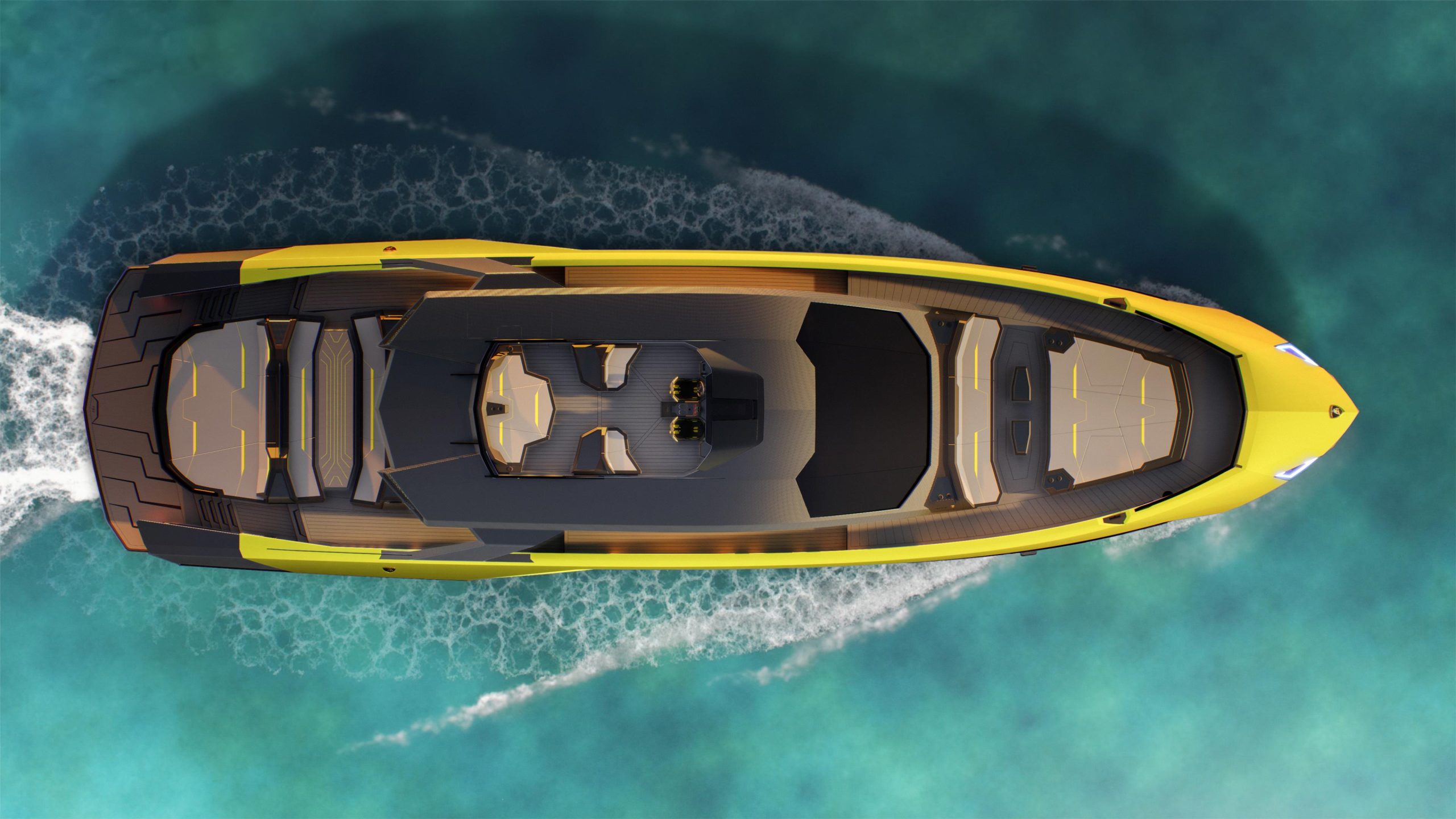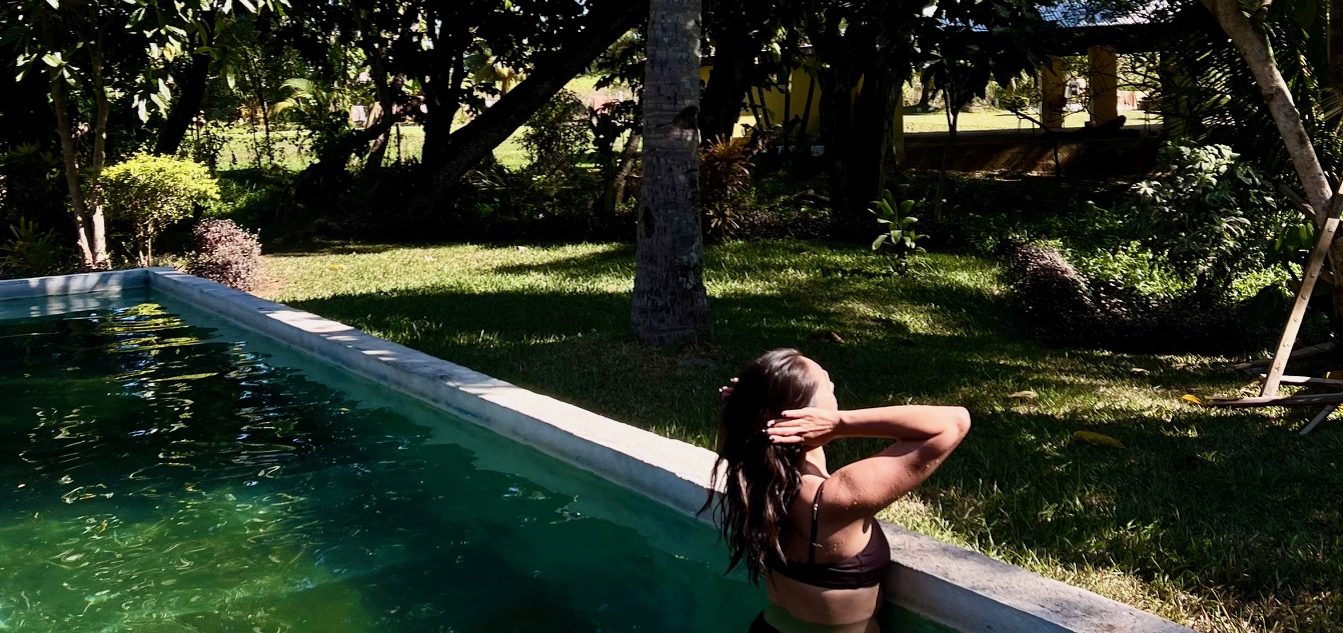How to Pack Like a Pro: The top 8 packing tips for seasoned travellers
As the European summer beckons, here’s our quick study of the best packing tips for a stress-free break
We’re half way through 2024, and it is about that time where people start feeling the itch to book a spontaneous trip abroad. Perhaps you have your heart set on Rome, the eternal city, to take in the sights. Or maybe it’s a trip to the French Riviera to soak up the sun and stroll the promenade in Nice. Wherever you’re wanderlust beckons, it’s clear that Australia’s aviation sector has well and truly recovered from the COVID-19 pandemic, with travel across the board returning to pre-pandemic levels, according to the ACCC’s latest report.
So, if travelling is on your agenda—be it domestic or long-haul—for the remainder of 2024, there’s one underrated, unspoken skill you’ll want to have covered before jetting off: how to pack like a pro.
We’ve taken the liberty of speaking to professionals in the travel sector to unpack all there is to know about being organised ahead of your next big trip, and in the process, deciphering the age-old nuisance that is correctly packing for a holiday.

—
1. Make a list
Whether you’re the organised type or not, curating a holiday “packing list” will not only save you time when it comes down to packing your suitcase, but the stress that comes with doing so.
“Always write a list before you start packing,” said Sarah Built, Etihad Airways Vice President of Sales, Australasia.
“Trust me, it’ll save you the headache of wondering if you’ve missed something, or worse, realising you have at your destination. It also helps to avoid overpacking, too!”
However, be sure to be ruthless when editing your packing list; you can’t bring everything with you, after all.
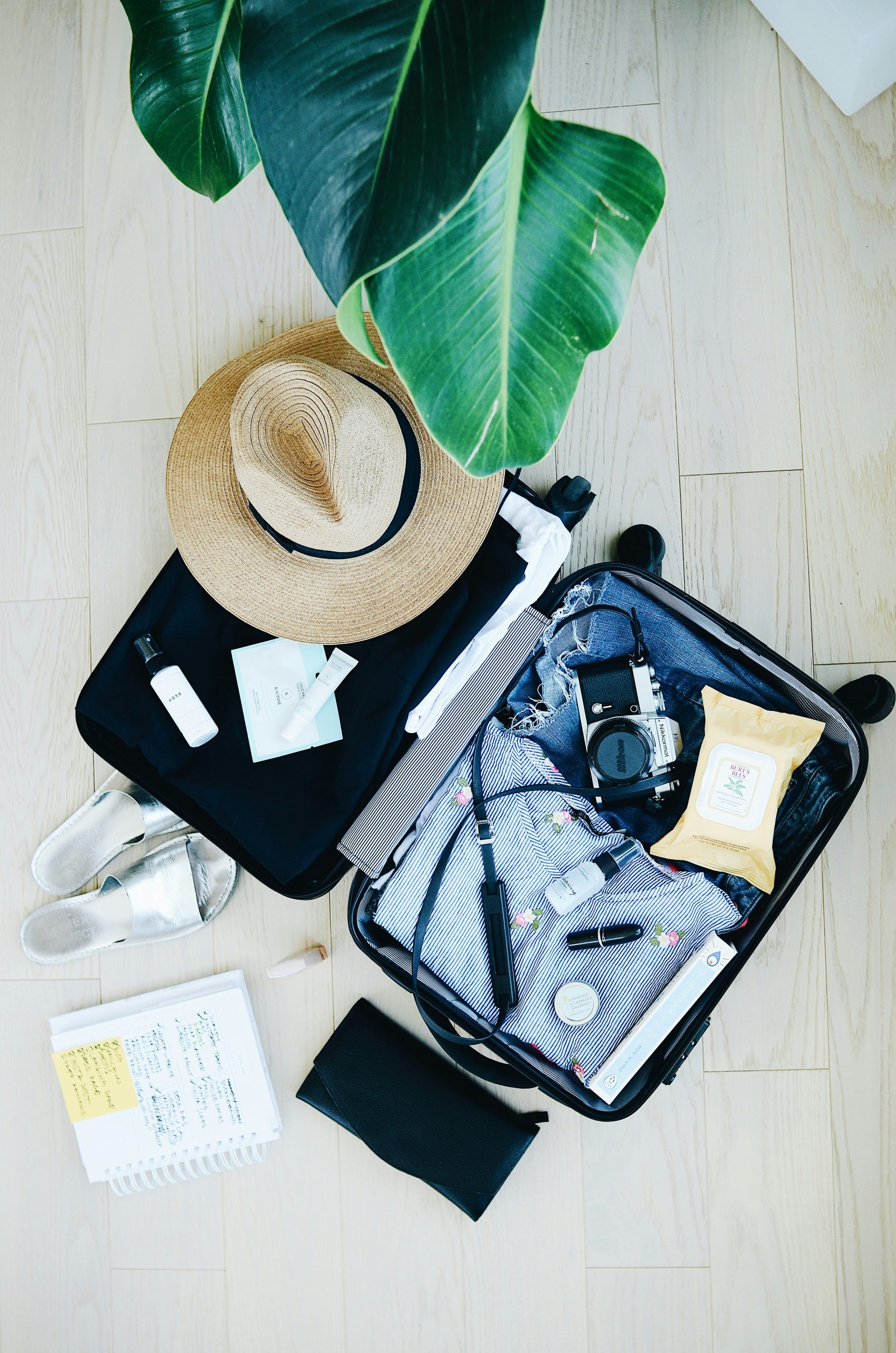
2. Pack for the season
It’s always wise to pack for the season. If you’re heading into warmer climates, don’t forget to pack breathable clothing. That could include sweat-wicking athleisure, as well as clothing made of natural fibres like cotton and linen. But consider how the temperature swings come early morning, or late at night. The same goes for the winter season – you’d be surprised how many people forget to pack thermals.
“Before you start packing, check the weather forecast for your destination, as this will help you pack smart,” says July founder, Athan Didaskalou. “And if the weather has some hot and cold moments, opt for natural fibres like merino wool – they’re excellent for layering and don’t get smelly as quickly. Choose versatile footwear and pack a cap for sun protection, warmth and bad hair days.”
The last thing you want to do is have to make an unplanned trip to the shops to buy clothing (possibly at inflated “tourist” pricing) that you may not have room for.
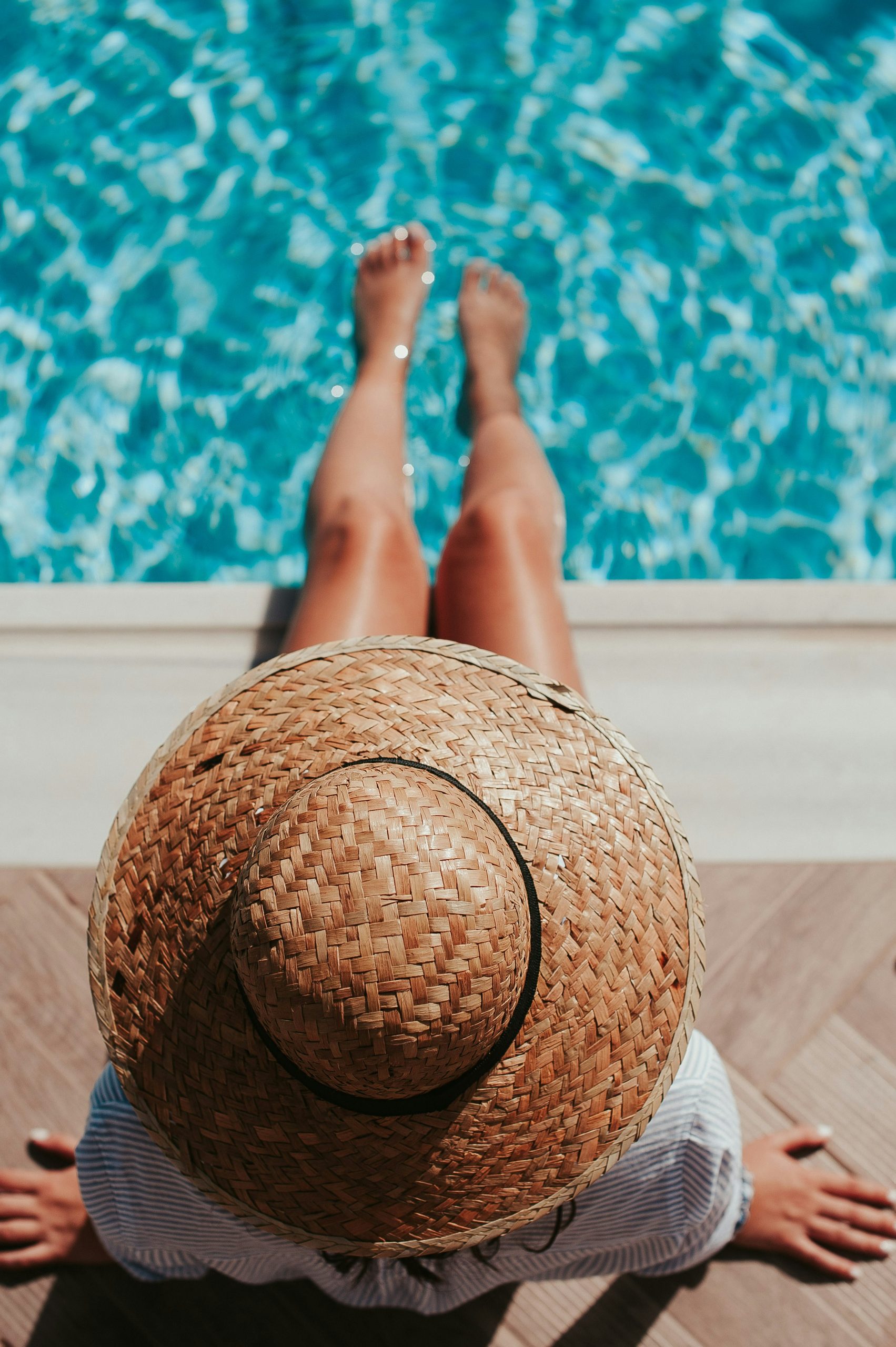
3. Capsule clothing can save space
Off the back of tip number two, packing for the right climate, incorporating capsule clothing is a great way to save space in your luggage — and ensure you get the most out of the clothes you take with you. The notion of a capsule wardrobe relies on having classic pieces that are interchangeable to create different looks without the need to take everything with you.
Think about staple clothing items that can be dressed up or down; for men heading to a warmer climate, double down on polo shirts that can pair over swim shorts, but look equally appropriate teamed with chino pants for the evening. For women, you can never go wrong with a classic wrap dress that can be adjusted to the occasion with well chosen accessories like scarves or costume jewellery that pack light and save on space.
You can also apply the 5-4-3-2-1 method, including five tops, four bottoms, three accessories, two shoes (a practical pair and a dressier pair), and one swimming costume.
“I’d also recommend packing clothing with universal colours,” said Ms Built. “That way, you can mix and match your outfits to last longer.”
4. Packing cubes will come in handy
Last summer, I witnessed my partner—who is otherwise a messy, free spirited traveller—become a master of packing seemingly overnight; it’s as if she became the Marie Kondo of suitcase packing. I soon discovered her secret: packing cubes.
“Packing cubes can be a lifesaver in ensuring your suitcase stays organised and repacking is easy,” said Mr Didaskalou.
Packing cubes are now available to buy everywhere from Big W to Antler, and not only save space in your suitcase, but will ensure a seamless, organised experience when travelling.
“Packing cubes are your best friend to save space, particularly for a long trip,” added Ms. Built. “I also find them useful to plan my outfits and keep everything together — it saves me rummaging through my suitcase later.”
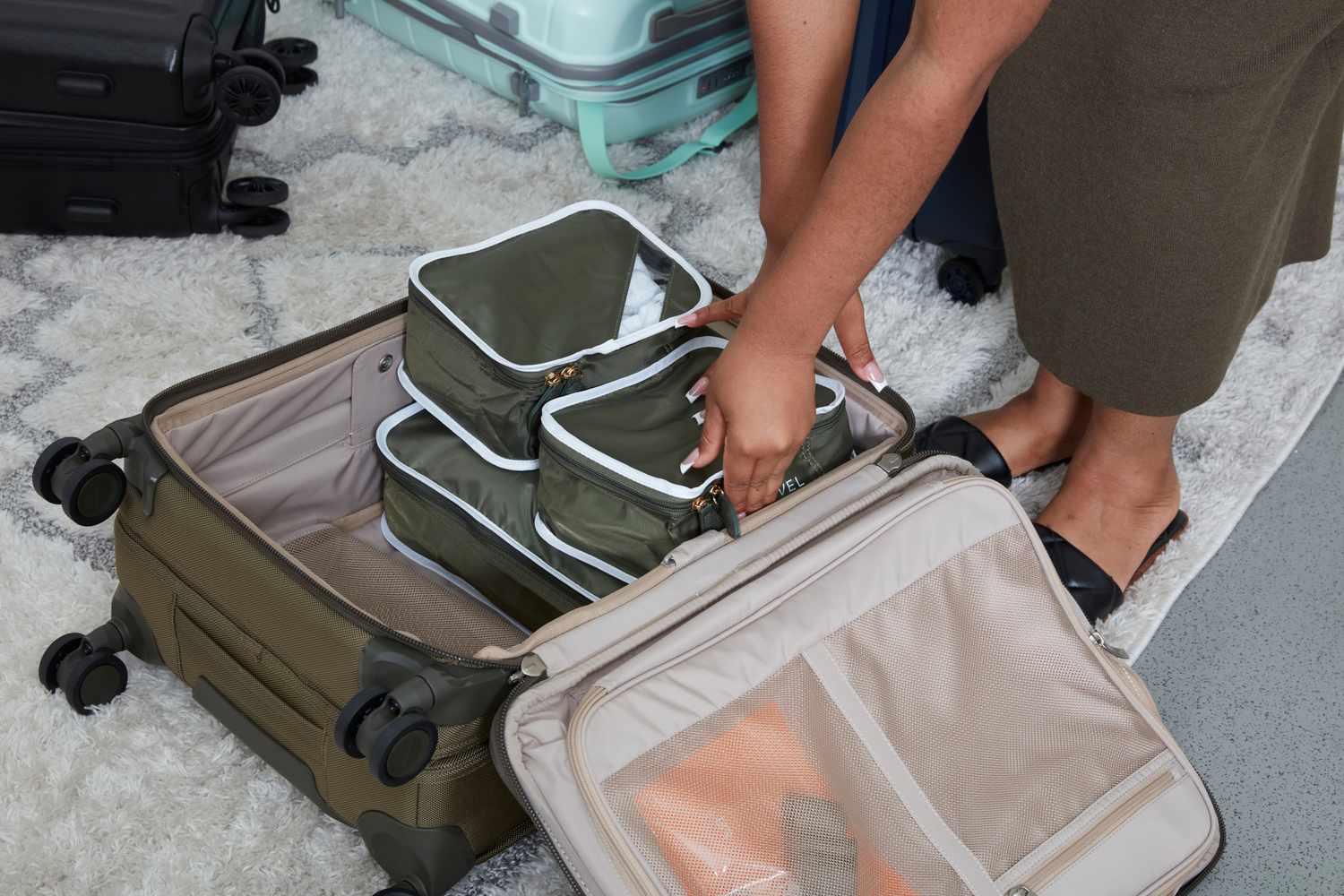
5. Bulk up
If you’re not one of the lucky few that managed to snag a first or business class ticket, space—and the weight—of your suitcase should become a priority. To negate going over your weight limit and paying unnecessary add ons for luggage, consider wearing or carrying your bulkiest items with you, such as cumbersome shoes or a large coat. Keep in mind this could slow down your progress through airport security, so opt for zippers over laces for shoes and tied belts over buttons for coats where possible.
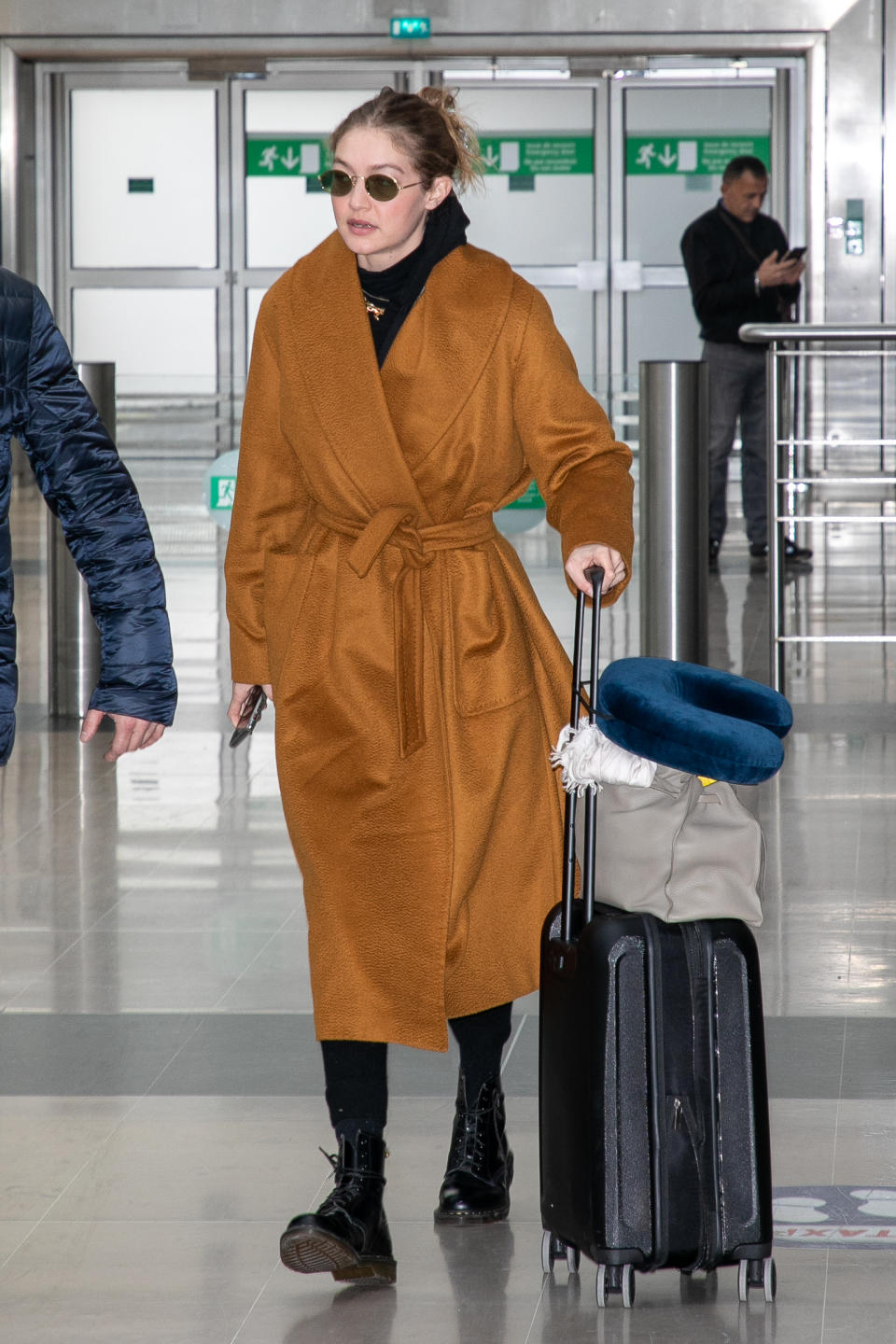
6. Keep your liquids and laptops at the top
This is a no brainer, but to save you a world of hassle upon arrival at your lovely destination, keep all electronics like a laptop and your toiletries separate, and near the top of your bag or luggage. Not only will this negate any unwanted damage should your cologne or toothpaste wreak havoc, but if you’re called upon to remove such items during security screening, you don’t want to be that person fishing around and wasting everybody’s time.
“I always recommend decanting toiletries into smaller containers,” said Mr Didaskalou. “It not only saves space, but also helps you comply with airline regulations.”
Check with your carrier as well as the destination airport what the requirements are before you leave.
7. Minimise your footwear inclusions
Sneaker-head or not, you really don’t need to bring both the adidas Sambas and a pair of Air Jordans. Be ruthless when it comes to packing footwear for your next holiday, and opt for shoes that are multi-functional. This will be a key factor in saving space—and weight—in your luggage.
“When it comes to shoes, I always pack a universal heel, a luxe sneaker, and a dressy pair of flats,” said Ms Built. “That way you’re covered for every occasion while still looking photo-ready on holiday.”

8. Above all, choose the right luggage
While all seven tips before you are practical in theory, they won’t come at all in handy should you not have the right type of luggage for travelling. It’s 2024; it’s time to bin your canvas two-wheel suitcase from high school and opt for modern day luggage that will have you saving on space, weight, and above all else, will ensure a smooth transit to your holiday destination that awaits.
“If you’re someone who loves to shop, opt for an expandable suitcase,” said Mr Didaskalou. “This will help you not pack too much on the way over, but give you that extra space to expand when you need it.”

—
A divide has opened in the tech job market between those with artificial-intelligence skills and everyone else.
A 30-metre masterpiece unveiled in Monaco brings Lamborghini’s supercar drama to the high seas, powered by 7,600 horsepower and unmistakable Italian design.
A 30-metre masterpiece unveiled in Monaco brings Lamborghini’s supercar drama to the high seas, powered by 7,600 horsepower and unmistakable Italian design.
When Lamborghini takes to the water, subtlety isn’t on the agenda. Unveiled at the Monaco Yacht Show, the Tecnomar for Lamborghini 101FT is a 30-metre superyacht that fuses Italian automotive theatre with cutting-edge naval engineering.
The model builds on the collaboration that began in 2020 with the Tecnomar for Lamborghini 63, a sell-out success that celebrated the marque’s founding year.
This new flagship pushes the partnership between Automobili Lamborghini and The Italian Sea Group to a grander scale, designed to deliver the same adrenaline rush at sea that drivers expect behind the wheel.
“The Tecnomar for Lamborghini 101FT redefines the concept of nautical luxury,” said Stephan Winkelmann, Chairman and CEO of Automobili Lamborghini.
“It is not only a yacht, but an affirmation of Italian excellence. The Italian Sea Group and Automobili Lamborghini share an exclusive clientele who are passionate about beauty, technology, and extreme performance.”
Design cues are unmistakably Lamborghini. The yacht’s sharp exterior lines echo the Fenomeno supercar revealed at Monterey Car Week, complete with Giallo Crius launch livery and signature Y-shaped lighting.
Inside, the cockpit and lounges mirror the DNA of Sant’Agata supercars through hexagonal motifs, sculptural seating and dramatic contrasts. With accommodation for up to nine guests and three crew cabins, indulgence meets practicality on every deck.
Performance is equally uncompromising. Three MTU 16V 2000 M96L engines and triple surface propellers generate a combined 7,600 horsepower, driving the yacht to 45 knots at full throttle, with a cruising speed of 35 knots. Two 35 kW generators provide additional efficiency and reliability, ensuring the yacht’s power matches its presence.
Mitja Borkert, Lamborghini’s Design Director, said: “With the Tecnomar for Lamborghini 101FT, we aimed to create a product that embodies the main design characteristics of our super sports cars. All the details, from the exterior to the colour, to the interior areas, recall and are inspired by Lamborghini’s DNA.”
Presented in scale at Monaco, the definitive Tecnomar for Lamborghini 101FT is scheduled to hit the water at the end of 2027. For those who demand their indulgence measured not only in metres but in knots, this is Lamborghini’s most extravagant expression yet.
A 30-metre masterpiece unveiled in Monaco brings Lamborghini’s supercar drama to the high seas, powered by 7,600 horsepower and unmistakable Italian design.
Once a sleepy surf town, Noosa has become Australia’s prestige property hotspot, where multi-million dollar knockdowns, architectural showpieces and record-setting sales are the new normal.









